Uncategorized
-
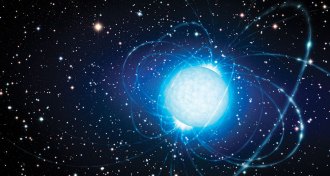 Astronomy
AstronomyMysterious cosmic signals carry a clue to their origins
A burst of radio waves from another galaxy ran into a dense magnetized plasma while en route to Earth, hinting at an origin near a population of young stars.
-
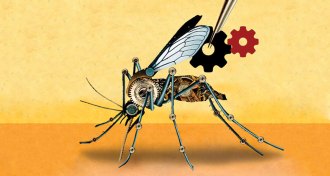 Genetics
GeneticsGene drives spread their wings
Gene drives may wipe out malaria and take down invasive species. But they may be difficult to control.
-
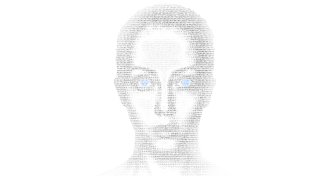 Genetics
GeneticsCan DNA predict a face?
DNA-based facial sketches are moving into the crime-solving arena. With current science, predictions of some features are better than others.
By Meghan Rosen -
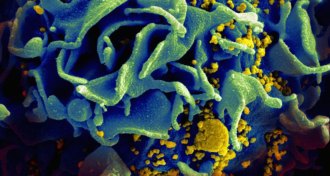 Health & Medicine
Health & MedicineTaking antiviral drug ‘on demand’ can guard against HIV
The antiviral drug Truvada taken before and after sex cuts HIV transmission rates.
By Meghan Rosen -
 Physics
PhysicsMaxwell’s demon faces the heat
A device inspired by an 1867 thought experiment fails to break the second law of thermodynamics, which governs the flow of heat and the drive toward maximum disorder.
By Andrew Grant -
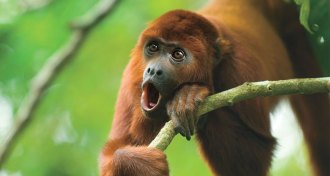 Animals
AnimalsInside the roaring sex lives of howler monkeys
Listening to the intense roars of howler monkeys in Mexico inspired scientists to decipher how and why calls differ among species.
-
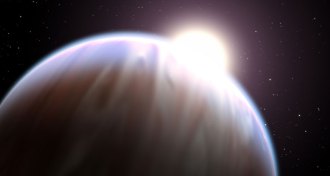 Astronomy
AstronomySuper-Earths, meet superpuffs, a lighter weight class of planet
Superpuffs are underweight, oversized planets that formed in outskirts of star systems before cuddling up close to their sun.
-
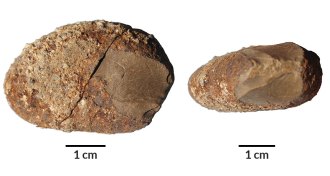 Anthropology
AnthropologyPeople roamed tip of South America 18,500 years ago
Stone tools, charred animal bones and fire ash found at the Monte Verde site in Chile indicate people reached South America’s southernmost territory at least 18,500 years ago.
By Bruce Bower -
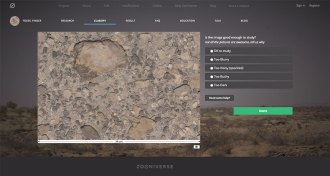 Archaeology
ArchaeologySearch for fossils from the comfort of home
The citizen science website FossilFinder.org lets anyone with an Internet connection look for fossils and characterize rocks at Kenya’s Lake Turkana Basin
By Erin Wayman -
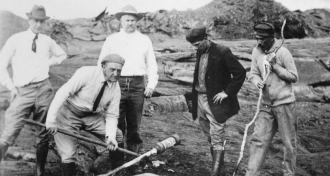 Earth
EarthPioneering geologist sought to demystify volcanic eruptions
In The Last Volcano, a geologist profiles Thomas Jaggar, one of the 20th century’s most influential volcanologists.
By Sid Perkins -
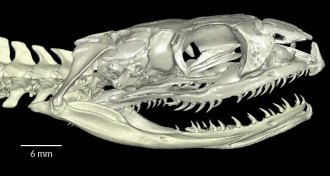 Animals
AnimalsSnakes evolved from burrowing ancestor, new data suggest
A new X-ray analysis of inner ears is the latest to weigh in on whether modern snakes descended from a burrowing or a swimming reptile.
By Meghan Rosen -
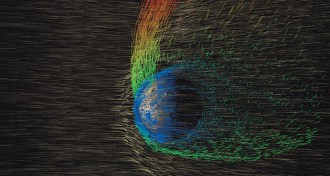 Planetary Science
Planetary ScienceA defenseless Mars is losing its atmosphere
Measurements of Mars’ atmosphere leaking into space could help scientists explain how the Red Planet lost its once life-friendly climate.